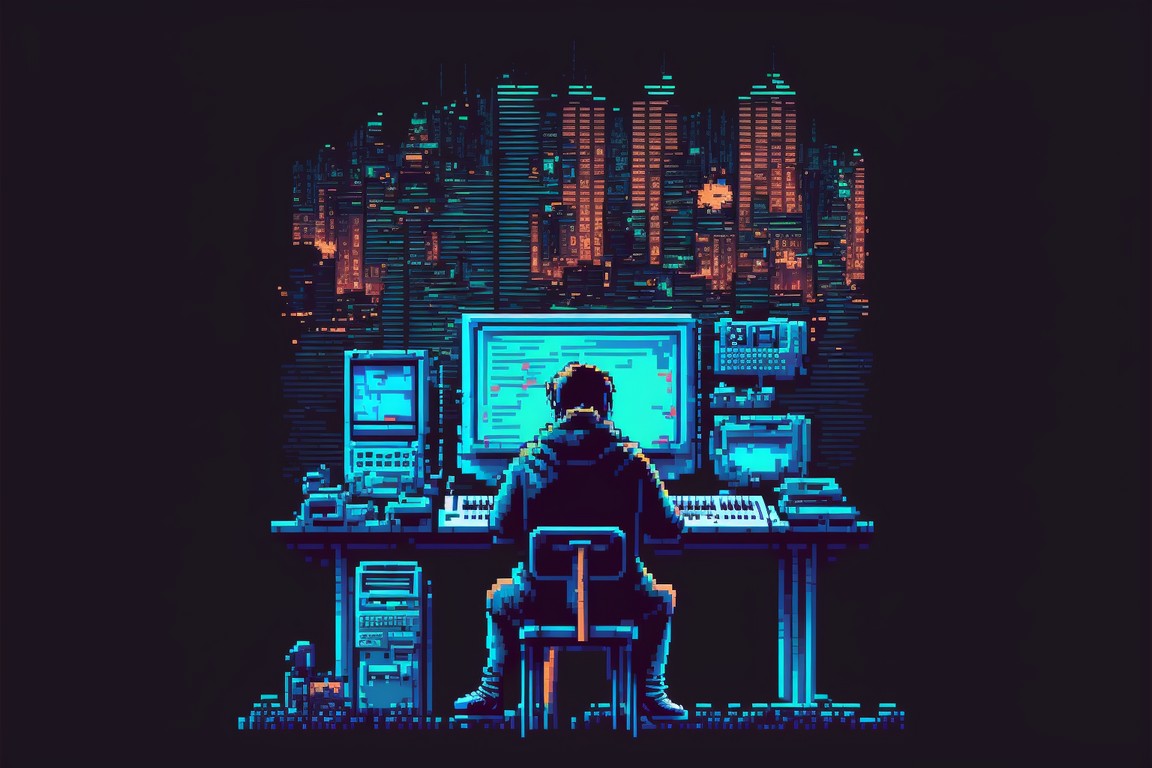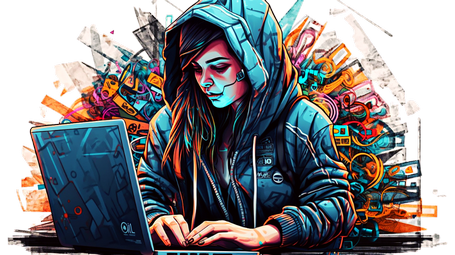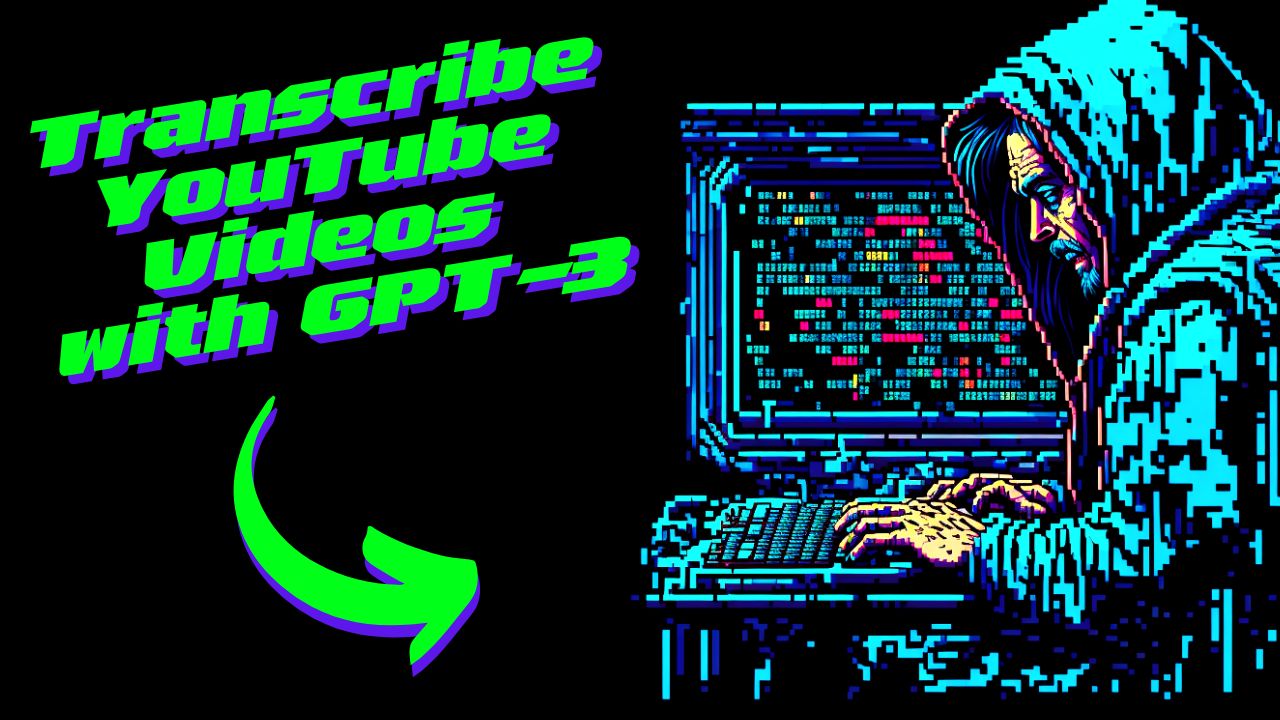Are you tired of using the same old YouTube video to engage your audience? Want to get more mileage out of your content without having to spend hours creating new material?
In this blog post, we’ll show you how to transform your YouTube videos into multiple pieces of engaging content using GPT-3 and Python.
With just a few simple steps, you can take your YouTube video and turn it into a blog post, quiz, visual story, or any other type of content you can think of.
Plus, we’ll give you some examples of the types of content you can create, as well as tips on how to edit and tweak your content for maximum impact.
Read more or watching the YouTube video(Recommended)
YouTube:
Short Summary
How to Create Multiple Types of Content from a YouTube Video with GPT-3 and Python?
- Obtain the YouTube link for the video you want to use.
- Use a tool like OpenAI Whisper or another API that utilizes natural language processing to convert the YouTube video into text.
- Input the YouTube link into a Python script that utilizes the GPT-3 API. This will generate multiple types of content based on your project goals.
- Run the script and wait for it to complete (this may take about 5-15 minutes).
- Review the output to ensure it meets your goals for each type of content. Make any necessary edits to ensure the content meets quality requirements.
- Remember to give credit to the original YouTube video and adhere to any copyright or other applicable rules for the additional content.
- Consider experimenting with different approaches and versions if something you create is not working.
What is OpenAI Whisper?
OpenAI’s Whisper is a free and open source automatic speech recognition model that helps convert speech into text.
It was trained on 680,000 hours of multi-language and multi-task supervised data, providing improved accuracy in understanding accents, background noise, and technical language.
It can transcribe speech in 99 languages and can also translate them into English. OpenAI is open-sourcing the model and inference code to enable users to build applications and perform research in speech processing.
There are five models available for English-only applications.
The model can be used with Python and will help with tasks such as YouTube search and understanding spoken words better.
OpenAI Whisper Use Cases
Here is just a few examples of use cases for OpenAI Whisper:
1.Product Demo:
Companies wanting to create a speech-based demo product can use Whisper to quickly build and evaluate the performance of their model without diverting engineering, research, or product resources away from their mission.
2. Research:
AI Researchers interested in evaluating the performance of the Whisper model can use Whisper to conduct experimentation and gain insights quickly.
3. Podcasts:
Content creators from indie to major film studios can leverage Whisper for automated transcription that is more cost-efficient than previously available options, enabling them to access tools like summarizers and other language processing tools.
4. AI-driven Automation of Workflows
Whisper is an excellent tool to automate transcription, which can open up a wide range of possibilities for content creators and developers. These can include using other open-source language models, such as large text summarizers, or quickly creating a demo product.
5. Video Editing:
Media professionals who need faster-than-real-time transcription may take advantage of Whisper to assist pre existing video editing workflows and reduce the amount of time needed for transcription.

How to scrape a YouTube video to create multiple content with GPT-3 and Python
This is how I combine Generative AI tools to create multiple types of content from my YouTube videos. I use a Python script that scrapes the Youtube video and creates all the content from that specific video.
Here is my step-by-step process:
Step 1:
Start by getting the YouTube link from the video you’d like to use as your source. Copy and save this URL so you can use it again later.
Step 2:
Create a script that will turn the YouTube video into text. This could be done with a tool like OpenAI whisper or another API that uses natural language processing.
Step 3: Enter the YouTube link into our Python script Using GPT-3 API, this will then create multiple content outputs depending on the project you want to do.
Step 4:
Run the script. Wait while the script finishes (this should take about 5 -15 minutes).
Step 6:
Once the script is complete, you can review the output to see if it has accomplished your goals for each piece of content.
The suggestions and topics given should reflect what you have requested in your brief.
Step 7:
Review the generated content output for each kind of project (for example, a blog post, quizzes, a visual story, and so forth).
Make any necessary edits and tweak your content, using grammar and tone, to comply with quality requirements.
Step 8:
Obviously, remember to give credits to where the original YouTube video came from. For all other content produced, you must still adhere to any copyright and other applicable rules.
Tip: As with all projects, don’t be afraid to experiment with different approaches and versions if something you create isn’t working – there’s no harm in trying new things.

Some Examples From Turning a Youtube Video Into Multiple Content
There are many types of content you can turn your YouTube transcript into, here is a few examples of some I have done:
Summary of YouTube Video
Here is an example of a YouTube video from MKBHD that is summarized with GPT-3:
This text is a discussion of the capabilities and implications of AI technology and how it relates to online creators.
It looks at the example of OpenAI’s ChatGPT AI chatbot which can generate scripts for MKBHD videos, as well as their project Dall-E 2 which can generate art pieces based on text prompts. The text also examines the implications of using AI technology to generate art, such as the issues of copyright infringement and monetization.
Lastly, the text introduces Karma Cash, an app that allows users to earn money by shopping at thousands of stores.
Key Takeaways:
– AI technology is impressive but should be seen as a tool and not a replacement for human jobs
– AI is only capable of producing works based on human knowledge and cannot yet create a finished essay
– AI art raises questions about what defines inspiration and how to give credit to original artists
– Karma Cash is an app that allows users to earn money by shopping at thousands of stores
Social Media Posts
Here is an example of a YouTube video from MKBHD that is turned into Social Media posts with GPT-3:
Linkedin:
AI technology has become increasingly more advanced and complex. We are now witnessing amazing capabilities from AI – from summarizing books to writing scripts for videos and even generating unique art pieces. While AI can be used as a creative tool, it is still only a tool. We should use it to brainstorm ideas, but ultimately it is up to the human to decide which ideas are used. #AI #Technology #Creativity
Twitter:
AI technology is getting more and more advanced every day – from generating scripts to creating unique art pieces. But AI tools should be seen as only tools and not replacements for human jobs. #AI #Technology #Creativity
Quiz
Here is an example of a YouTube video from MKBHD that is turned into a Quiz game with GPT-3:
1. What is the example used in the text to demonstrate how AI technology cannot replace human online creators?
OpenAI’s ChatGPT AI chatbot
2. What is the analogy used to explain the implications of using AI art without permission?
If someone were to make money off of a recipe that was created using ingredients from a store where everything was free, it would not be fair.
3. What is Karma Cash?
Karma Cash is an app that allows users to earn money by shopping at thousands of stores.
4. What is the fastest sea mammal on earth?
The fastest sea mammal on earth is the peregrine falcon.
Short Form Content
Here is an example of a YouTube video from MKBHD that is turned into Short Form Content Script with GPT-3:
Short Video Script:
Hey everyone,
AI technology has been advancing rapidly and it has some pretty impressive capabilities. We recently saw OpenAI’s ChatGPT AI chatbot generate scripts for MKBHD videos and their project Dall-E created art pieces based on text prompts.
But what implications does this have for creators? Can AI really replace human jobs? And what about copyright infringement and monetization? Well, AI is only capable of producing works based on human knowledge and cannot yet produce a finished essay. So, it should be seen as a tool and not a replacement for human jobs.
When it comes to art, AI raises questions about what defines inspiration and how to give credit to original artists. Lastly, if you’re looking for a way to make some money online, check out Karma Cash.
It’s an app that allows you to earn money by shopping at thousands of stores! Thanks for watching, and be sure to drop your thoughts in the comments below!

Conclusion
In conclusion, using GPT-3 and Python in combination with OpenAI’s Whisper model allows you to easily repurpose YouTube videos into multiple types of engaging content.
Whether you want to create summaries, quizzes, visual stories, or something else entirely, the process is straightforward and can be completed in just a few simple steps.
By following our guide and using these powerful tools, you can turn any YouTube video into a valuable source of content for your business or personal projects.
Just remember to give credit where it’s due and always adhere to copyright laws when using someone else’s content. With the help of GPT-3 and Python, the possibilities for repurposing YouTube videos are truly endless.


